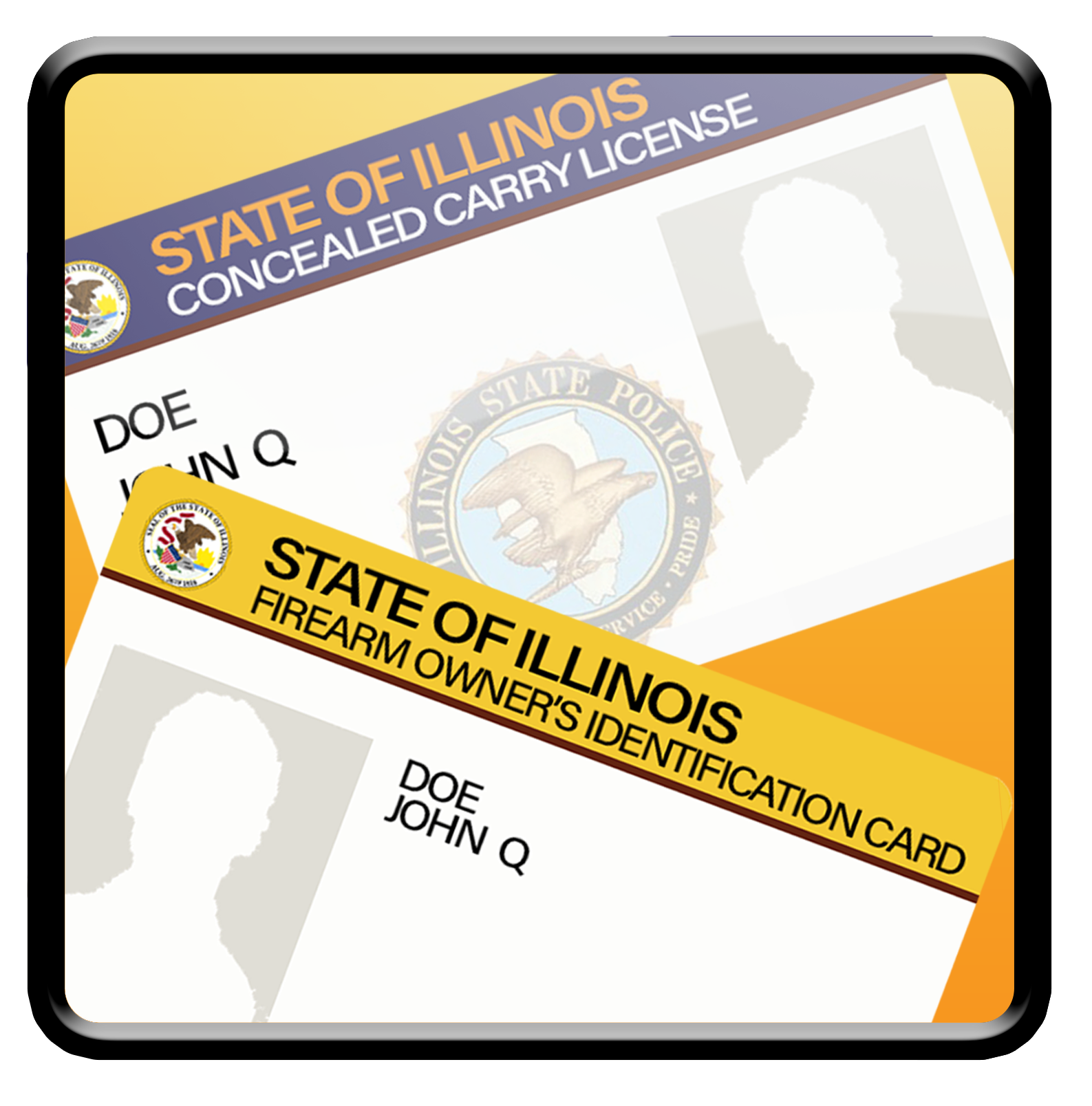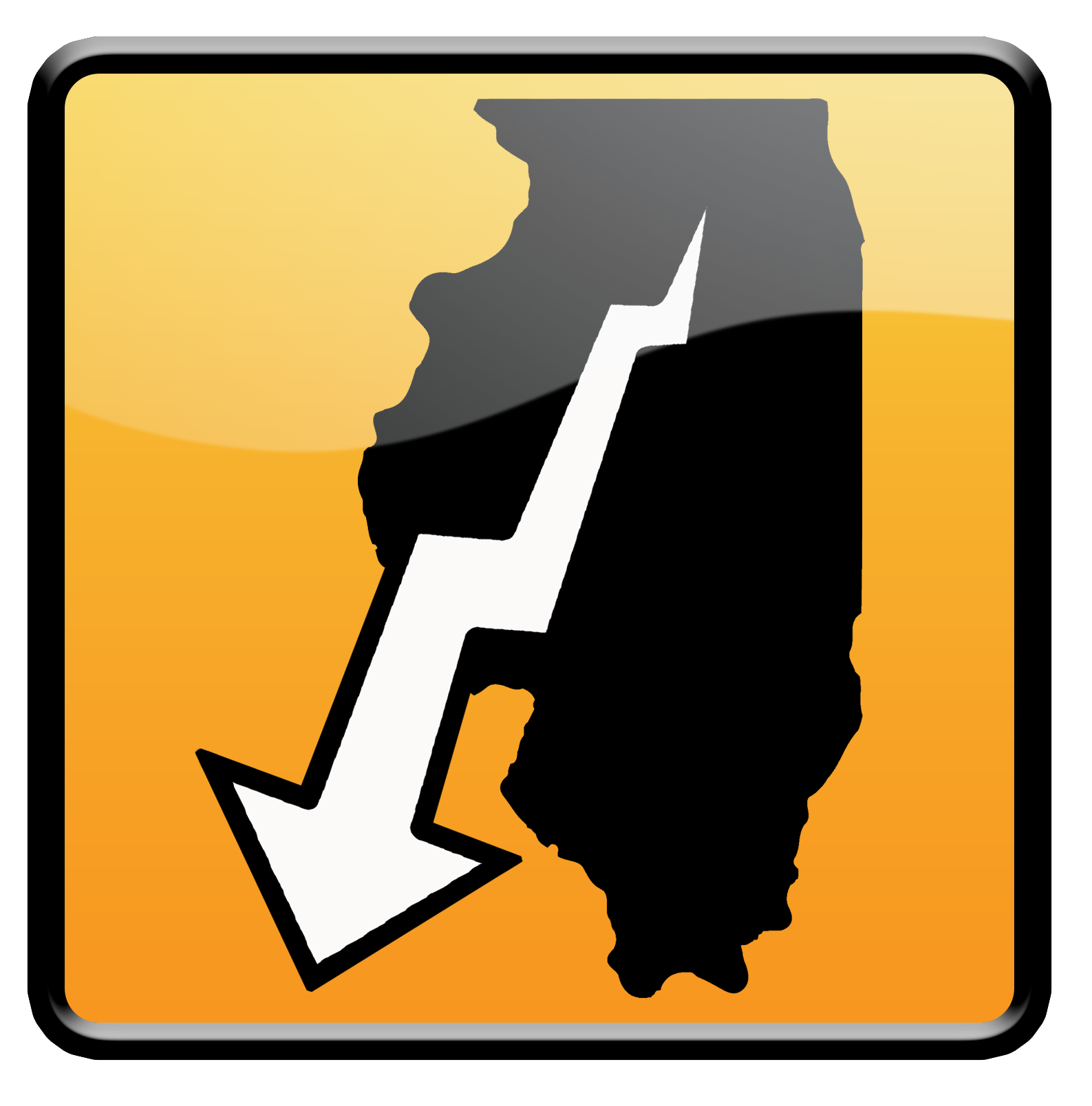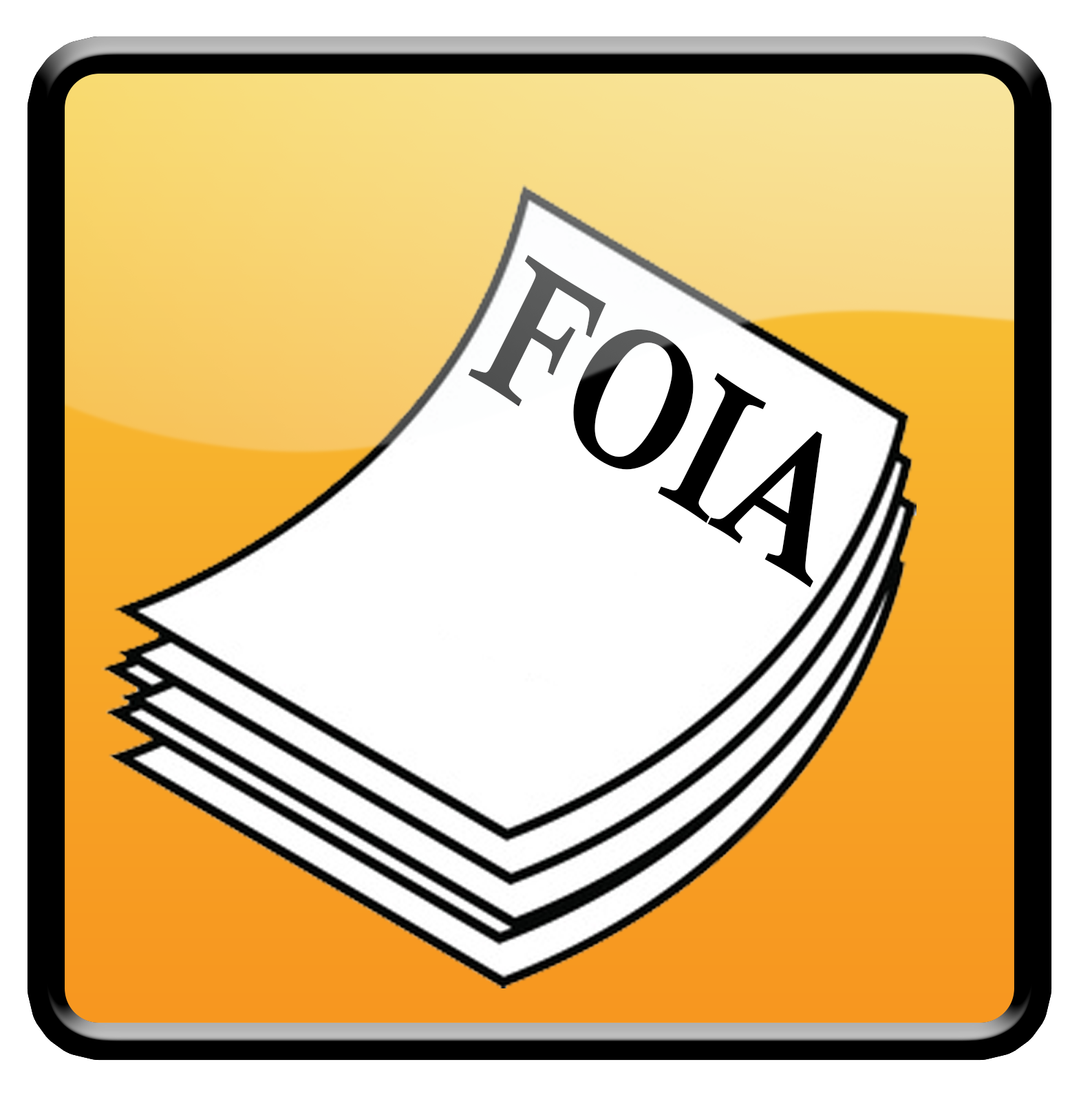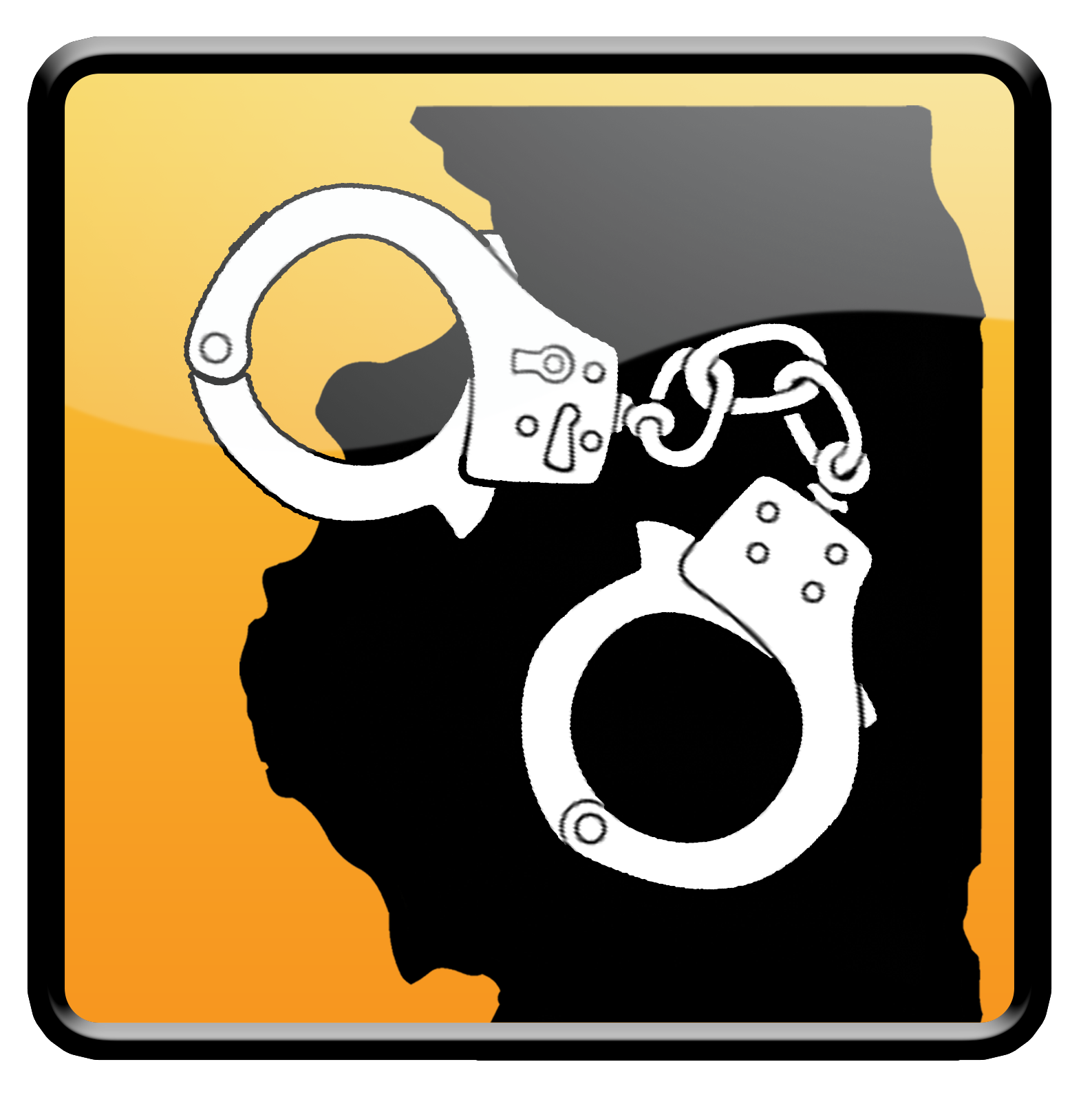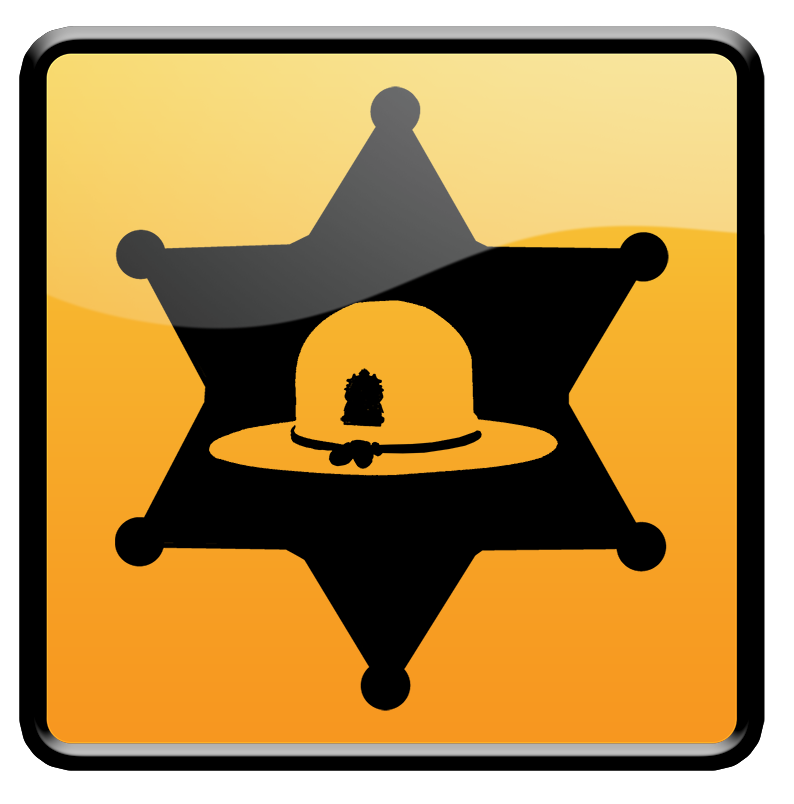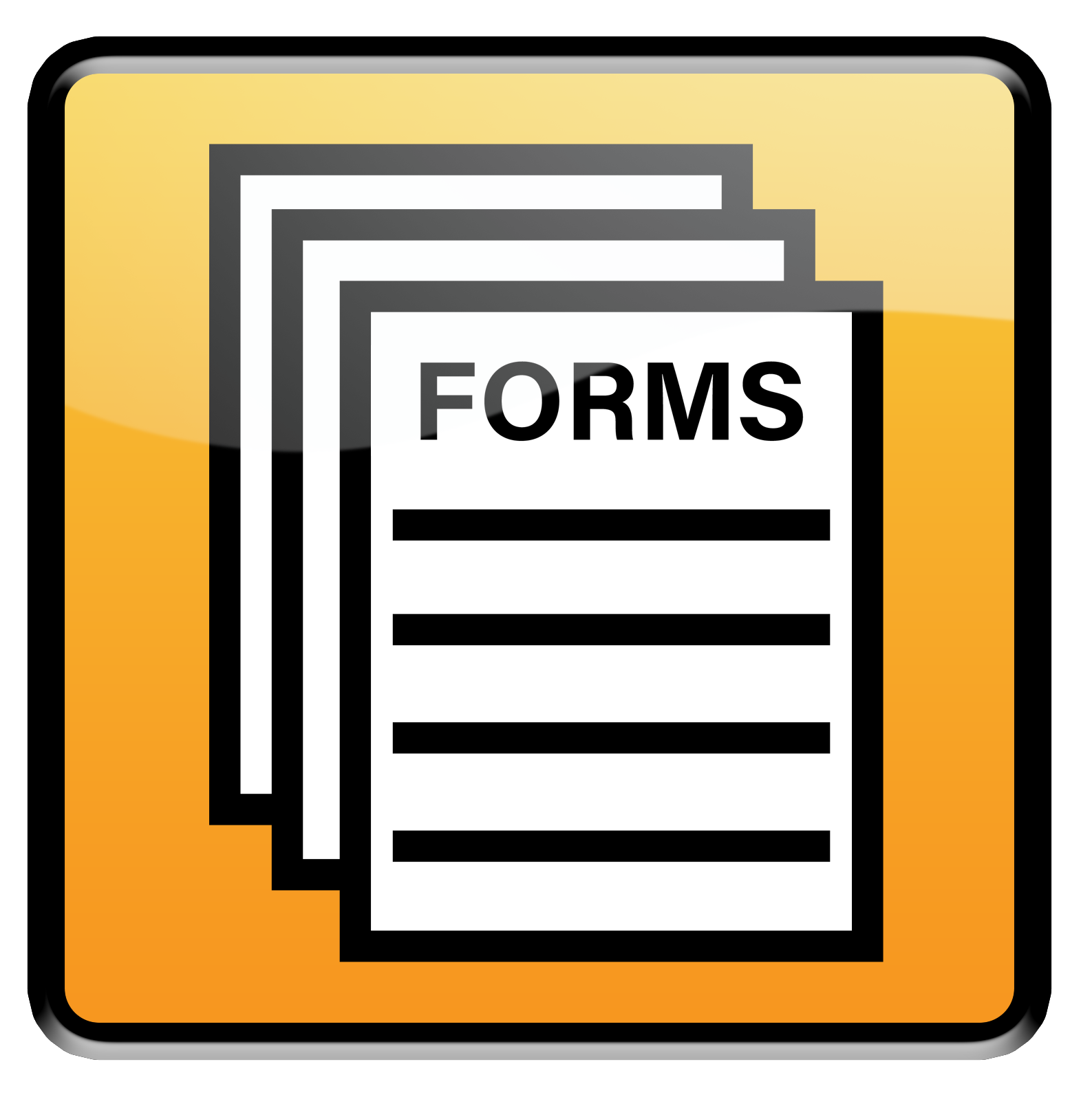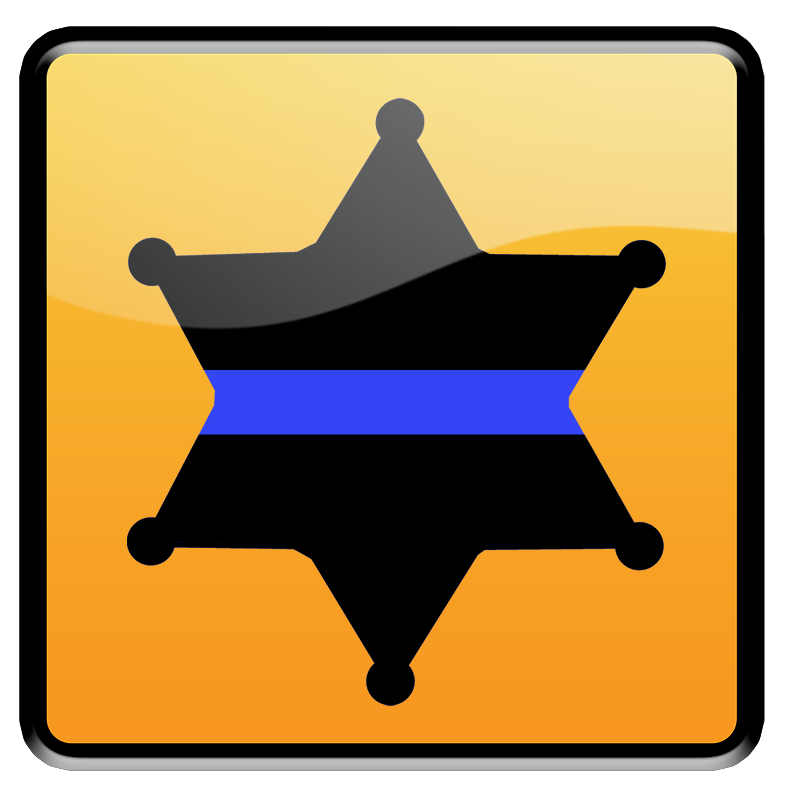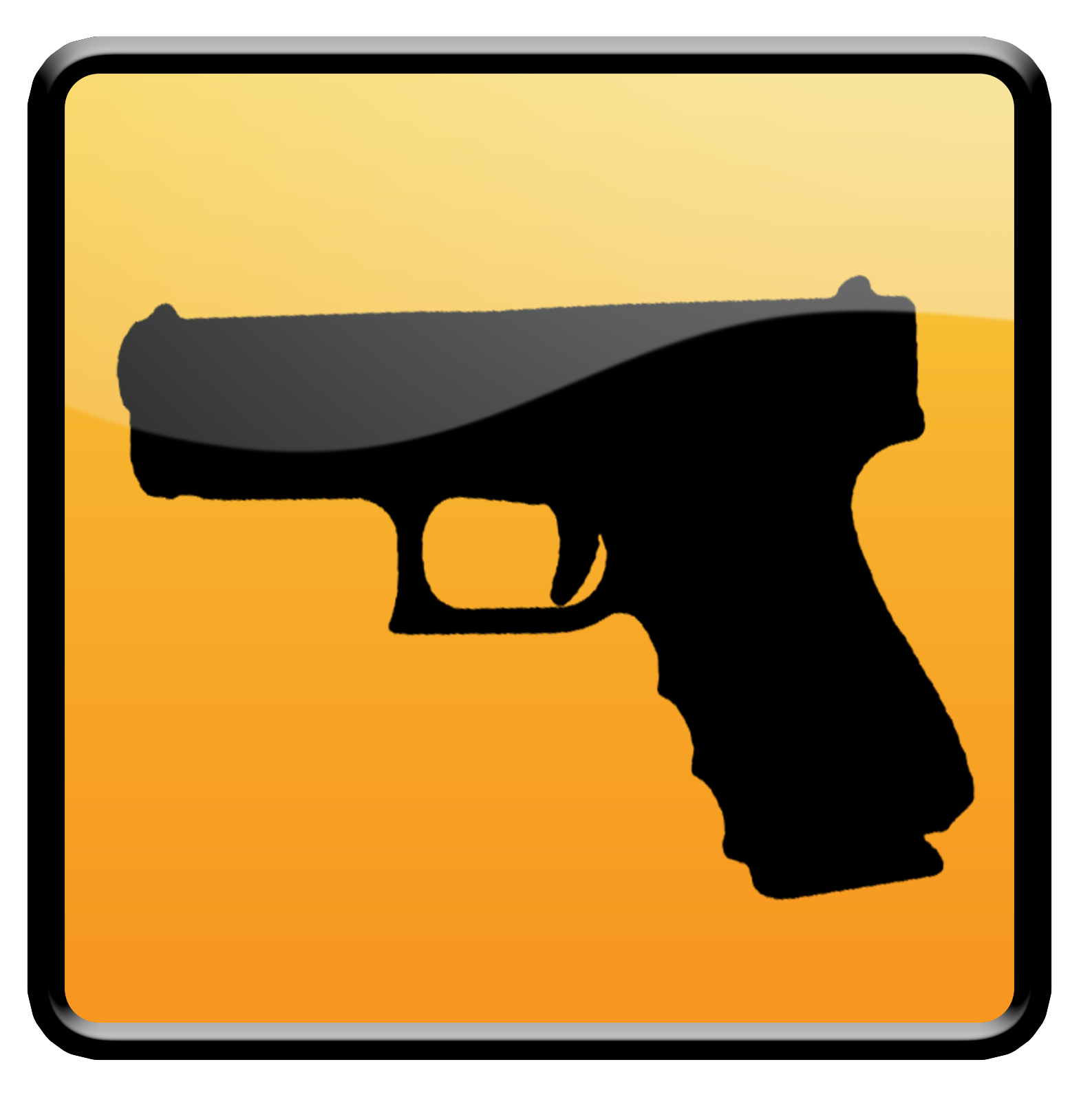Academy Command Structure
The Commander and Deputy Commander provide supervision, advice, and direction to the Bureau Chiefs of the Administrative Bureau, Training Development Bureau, and Recruitment and Quartermaster Bureau. The Commander and Deputy Commander also serve as liaisons between the Training Academy and other divisions within the ISP as well as with the Illinois Law Enforcement Training and Standards Board and local, county, state, and federal law enforcement agencies.
The Logistics Bureau Chief provides supervision, advice, and direction to the Supervisors of the Facilities Support Section, Logistical Support Section, and the Quartermaster Section. The Logistics Bureau Chief reports to the Academy Deputy Commander who reports to the Academy Commander.
Section personnel are responsible for maintaining the Academy fleet, ensuring class/meeting rooms are always ready, and the building security system. Section personnel assign housing and classrooms for guests and students while coordinating all schedules and activities which involve the cafeteria. This section develops web based training and electronic learning curriculum for law enforcement officers and oversees the content of Academy web pages on the internet and intranet. This section coordinates and facilitates a variety of leadership training courses. The Audio/Visual Unit coordinates filming, editing and producing of training videos, public service announcements and special projects from the Director’s office and other Divisions. The Training Records database is located within this section. Training records from the Department or Divisions are maintained on this system, including re-certifications and pertinent training data used by the districts in monitoring mandated training compliance. The section is also responsible for inventory, IT support and cafeteria operations.
This section maintains and repairs the buildings and grounds of the Academy complex and Pawnee Training Facility which includes over 100,000 square feet of buildings and over 100 acres of property with respect to maintenance and janitorial responsibilities. Section personnel are responsible for maintaining the Academy and Pawnee facilities, ensuring class/meeting rooms are always ready, and building security. New construction, rehabilitation, and facility repairs are coordinated with Logistics, the Capital Development Board and outside contractors.
Quartermaster Section personnel are responsible for planning, organizing, controlling, and evaluating the operations of the Quartermaster to meet the uniform and equipment needs of all ISP officers. This section manages the efficient procurement, delivery and distribution of uniform and equipment items to ISP offices throughout the state. The Quartermaster establishes, implements, and evaluates procedures used to receive, issue, deliver, and inventory uniform and equipment items for several statewide ISP programs. This section also serves as the administrator of the statewide ISP Body Armor Program, which includes participation at the state level in the Federal Bulletproof Vest Partnership Program and the local and county levels in the Expired Body Armor Transfer Program.
The Training Development Bureau Chief provides supervision, advice, and direction to the Supervisors of the Basic Training Section, and the Curriculum Section. The Training Development Bureau Chief reports to the Academy Deputy Commander who reports to the Academy Commander.
This section continuously reviews and revises, in conjunction with content area specialists, all curriculum provided during the basic training of Cadets and Recruits, and advanced training for in-service personnel. The Curriculum Section conducts assessment and testing following the completion of training. This section critiques Academy programs and instructors in an effort to maintain effective, current training.
The Basic Training Section manages the Cadet and Recruit basic training programs. Each Basic Training Class contains a Class Coordinator, multiple Counselors/Supervisors which vary depending on class enrollment size, and Teaching Assessing and Correcting (TAC) Officers. The Class Coordinator is responsible for, completing all administrative duties, personnel, and supervisory duties associated with each class. Class Counselor/Supervisors are responsible for mentoring and coaching trainees as well as quality checking their performance, communicating information between the Class Coordinator and trainees, and assisting trainees with every day needs. TAC Officers are responsible for administering strict oversight and ensuring accountability. TAC Officers provide instruction, evaluate trainee performance, and provide remedial training when necessary. The Basic Training Section manages all training of the trainees from the first day until graduation.
The Physical Skills Bureau Chief provides supervision, advice, and direction to the Supervisors of the Physical Skills Section and Officer survival Section. The Physical Skills Bureau Chief reports to the Academy Deputy Commander who reports to the Academy Commander.
Cadets and Recruits receive their Firearms Training from the Firearms Training Unit. Cadets are trained and qualify with the issued pistol, rifle and shotgun. The Firearms Training Unit also is responsible for all quarterly firearms qualifications which include low light and stress shoots for ISP officers. The Firearms Training Unit is responsible for purchasing, issuing, maintaining and repairing weapons, as well as testing, procuring and issuing ammunition.
The EVOC Training Unit is responsible for training all Cadets in emergency response driving. This training includes Skid Car training, precision driving and highway response driving. The unit is capable of offering a 36-hour Emergency Vehicle Operations Course (EVOC) class for local officers. The EVOC Unit is also responsible for conducting basic vehicle maneuver training for all Recruits; conducting remedial training for ISP officers who have driving deficiencies; and providing continuing education to officers and instructors throughout the State.
The Canine Training Unit is responsible for the training and certification of more than fifty-five ISP canine teams. The Unit conducts two basic canine training courses per year which certify ISP handlers, local handlers and dogs in narcotics detection, tracking, apprehension, and article searches. The unit provides supplies, important legal updates and additional training to the teams assigned to the field. The section conducts re-certifications for all ISP and any local canine teams.
The Officer Survival Section provides Cadets and Recruits with training in Use of Force, Control and Arrest Tactics (CAT), Conducted Energy Weapons (Tasers), Emergency Medical Response, Basic Life Support, Initial Medical Response, Crisis Intervention & Disturbance Calls, Vehicle Stop & Occupant Control, Physical Fitness, Officer Survival, and Practical Exercises. Practical Exercises allow the Cadets and Recruits to physically perform what they have learned in the classroom.
The Officer Survival Section supervises in-service CAT, Taser, Rapid Deployment/Active Threat, EMR, and BLS instructors to ensure curricula is being taught properly. The section also provides quarterly training in these topics. In addition, the section coordinates the Physical Fitness Inventory Test (PFIT) statewide. These duties also include coordinating the PFIT and Peace Officer Wellness Evaluation Report (POWER) tests for Cadets, Recruits, and applicants, as well as sworn and code employees.
The Officer Survival Section coordinates the medical and psychological testing for Cadet applicants.
The Officer Survival Section coordinates the statewide Use of Force Committee which is responsible for reviewing all reports from the Department involving Use of Force.
The Recruitment and Substance Testing Bureau Chief provides supervision, advice, and direction to the Supervisors of the Recruitment Section and the Alcohol and Substance Testing Section. The Training Bureau Chief reports to the Academy Deputy Commander who reports to the Academy Commander.
The Recruitment Section is committed to excellence and dedicated to creating viable ways of achieving a diverse department that adequately mirrors the population it serves. The Recruitment Section abides by employment practices that ensure diversity in recruitment and hiring. The Recruitment Section strives to support the ISP’s goal of providing the highest level of law enforcement through a well-trained, diverse workforce capable of promoting public safety and improving the quality of life in the State of Illinois. For more information and to apply, please visit: Illinois TrooperOpens in new window
The Alcohol and Substance Testing Section (ASTS) is responsible for conducting Breath Analysis Instrument Operator Training for Cadets and Mobile Training Units. In addition, this section has operational control of the Breath Analysis Operator Program for the State. These responsibilities include the monthly certification of approximately 900 breath instruments around the State. The Breath Alcohol Analysis Technicians also provide breath analysis relicensing exams for State, County and Municipal law enforcement agencies. Section personnel are also responsible for providing training related to impaired driving, including Standardized Field Sobriety Testing, Advanced Roadside Impaired Driving Enforcement (AIRDE), and Drug Recognition Expert (DRE) training.
The Fiscal Support Section provides assistance with fiscal and budgetary matters to the Academy’s Administrative Bureau, Training Bureau, and Recruitment and Quartermaster Bureau cost centers. This section prepares budget submissions, and handles the procurement and contract renewal process. This section also assists the Division in organizing, evaluating, drafting, reviewing, obtaining approvals, monitoring, executing, and evaluating all purchasing, bill payment and procurements.



